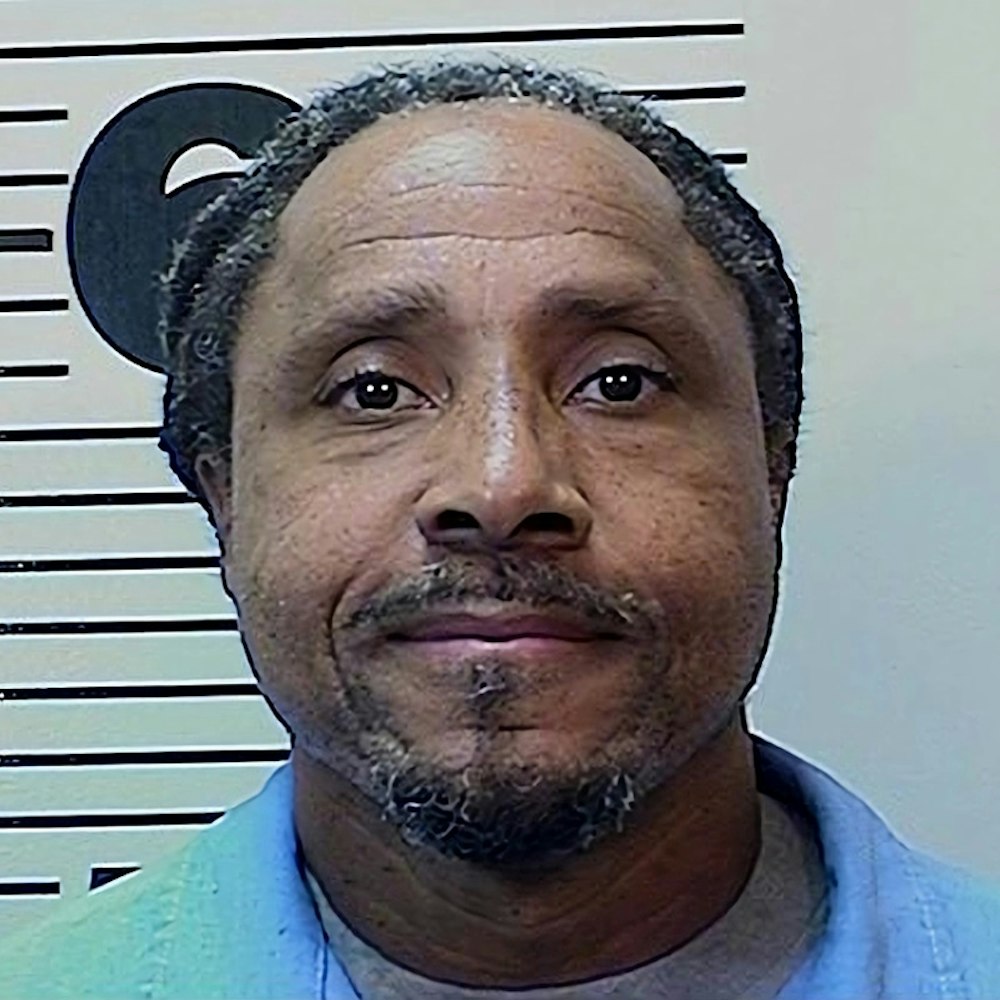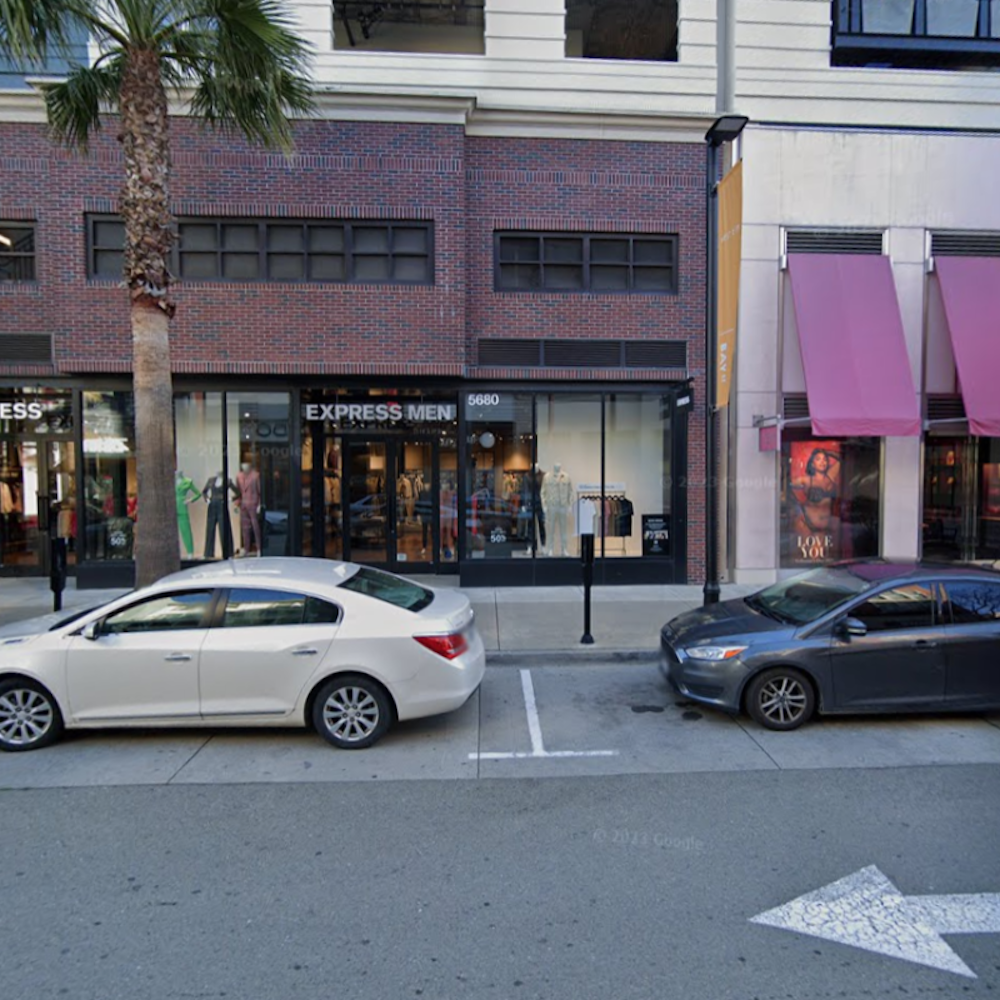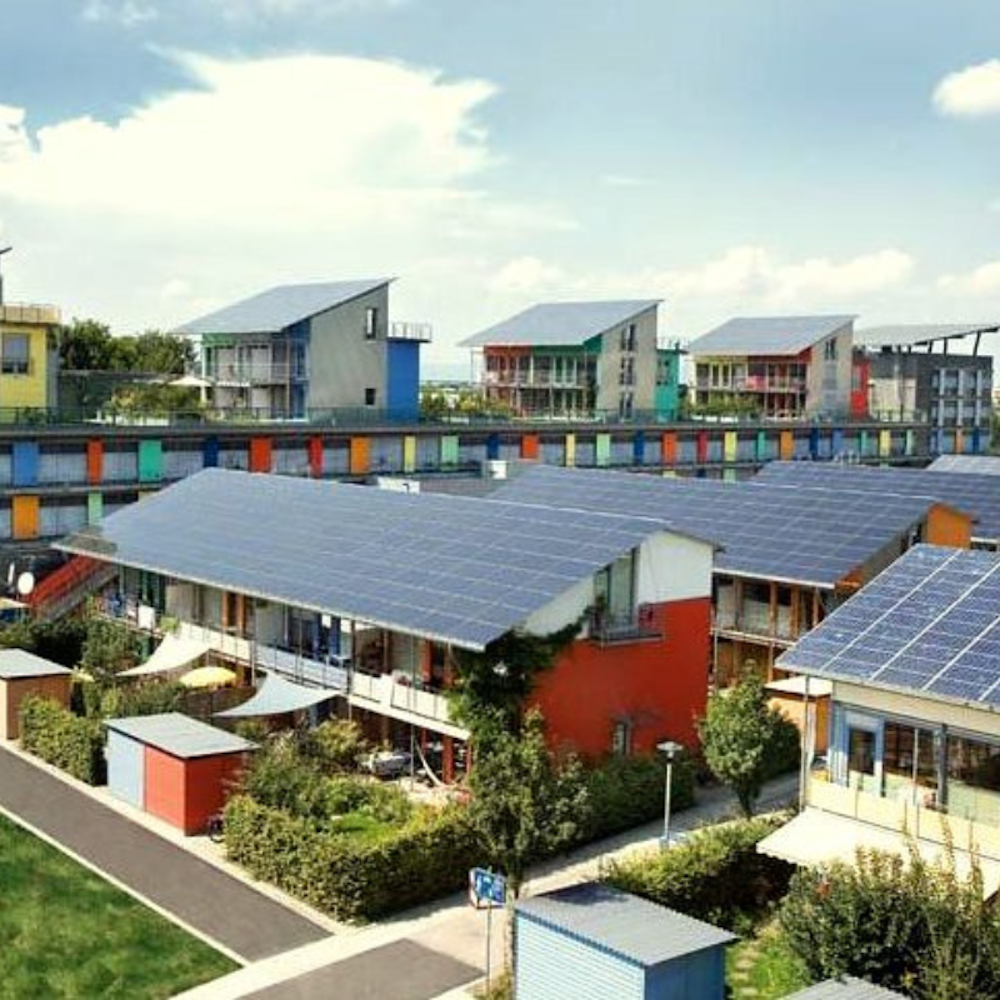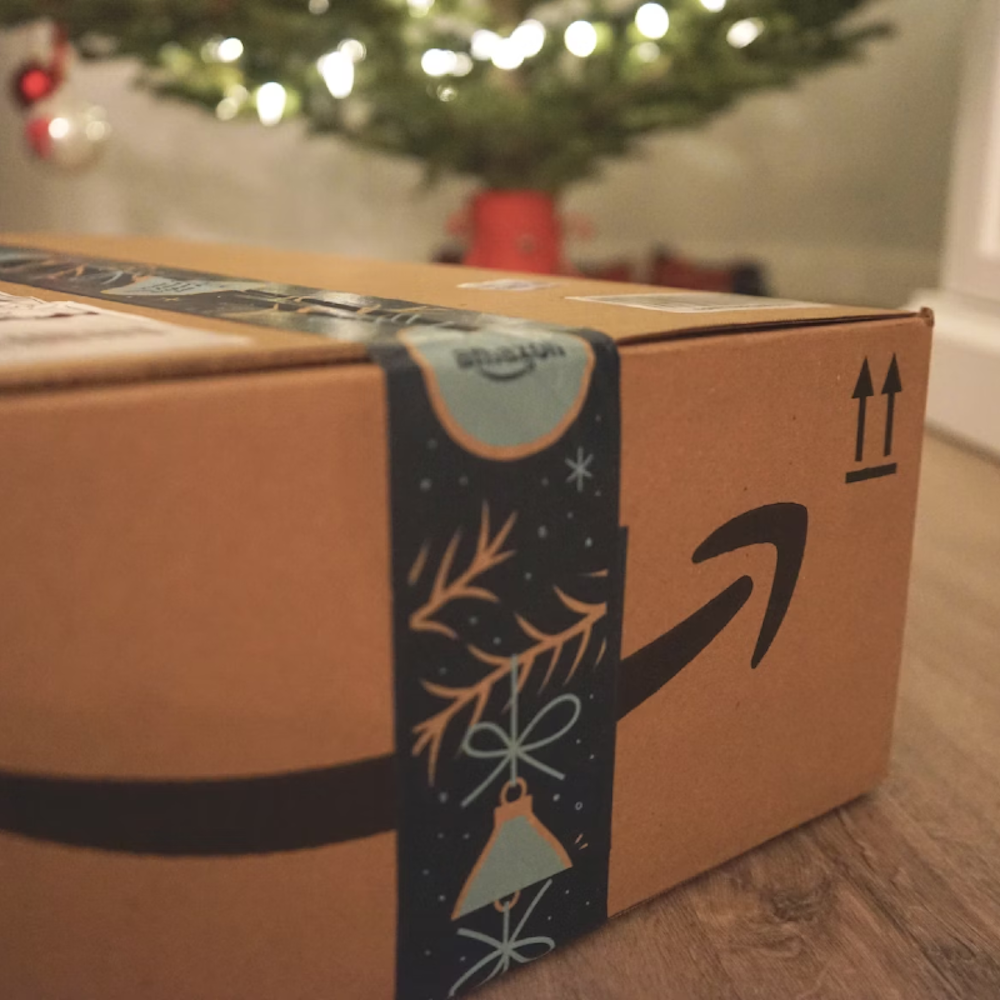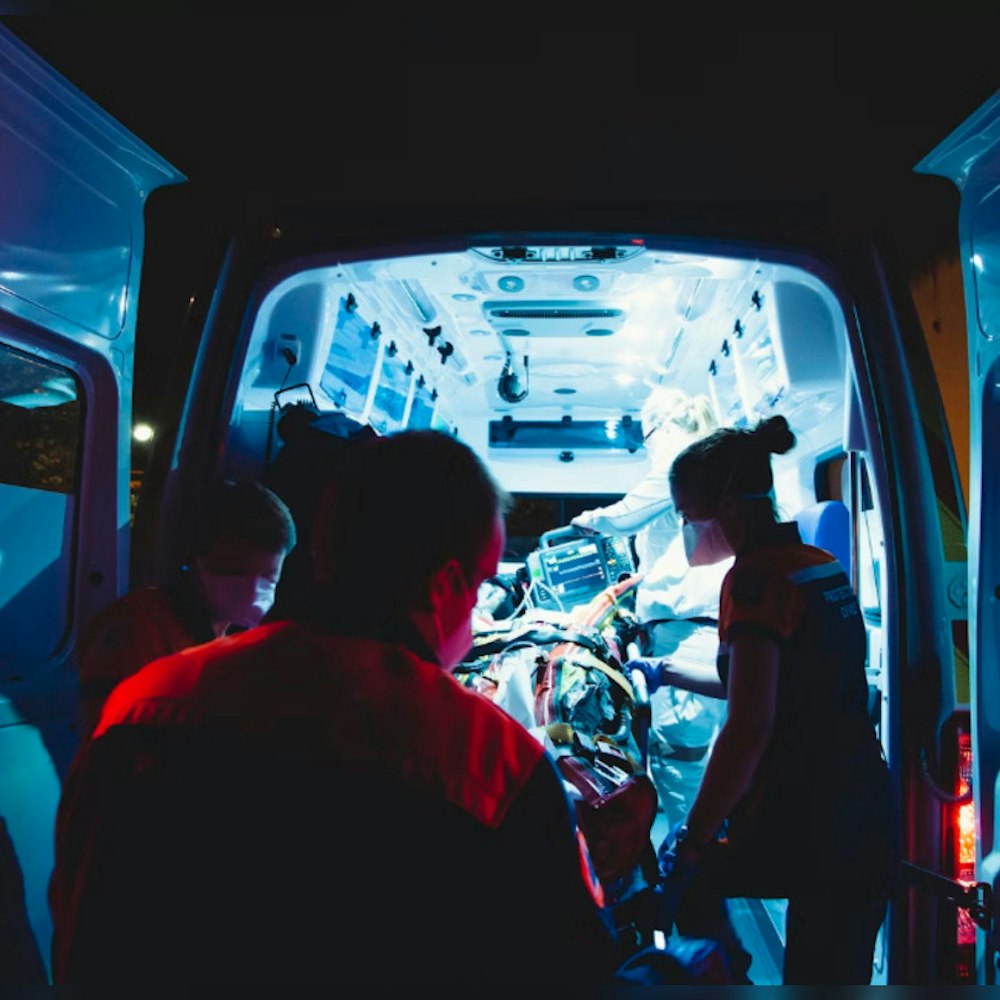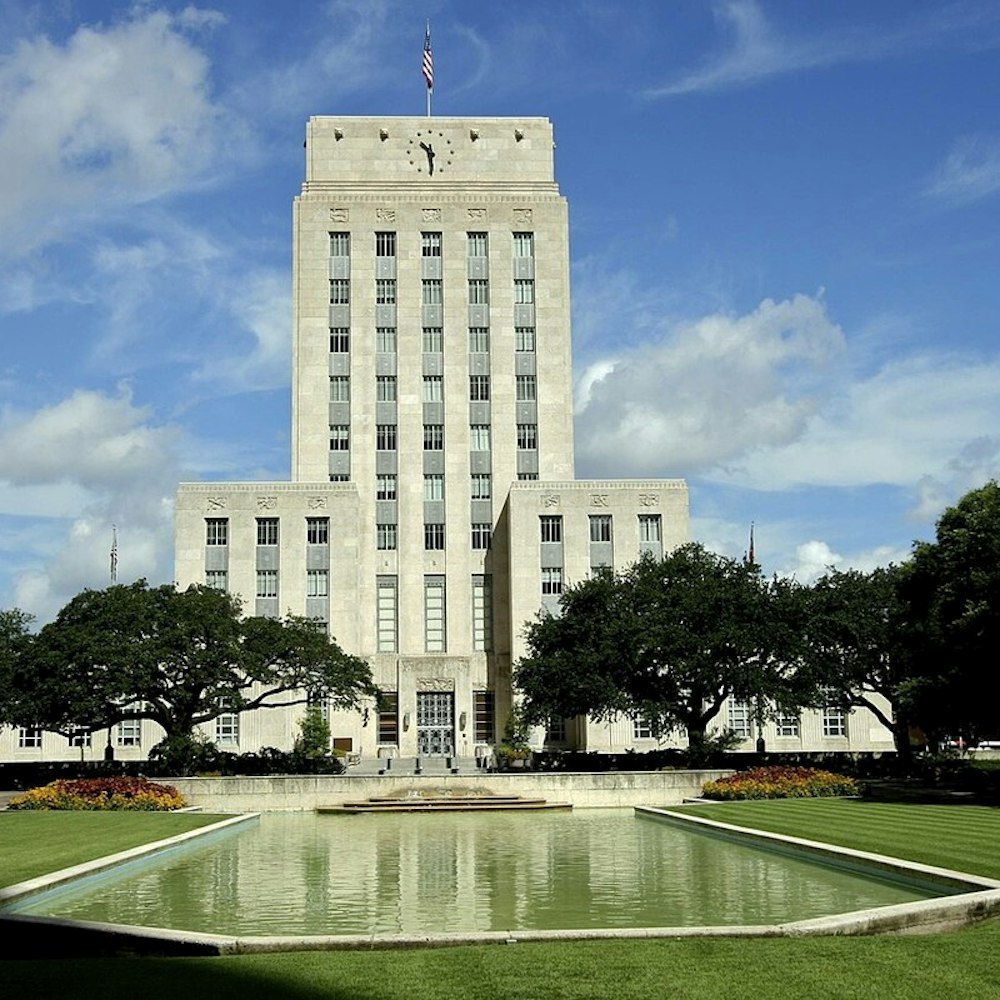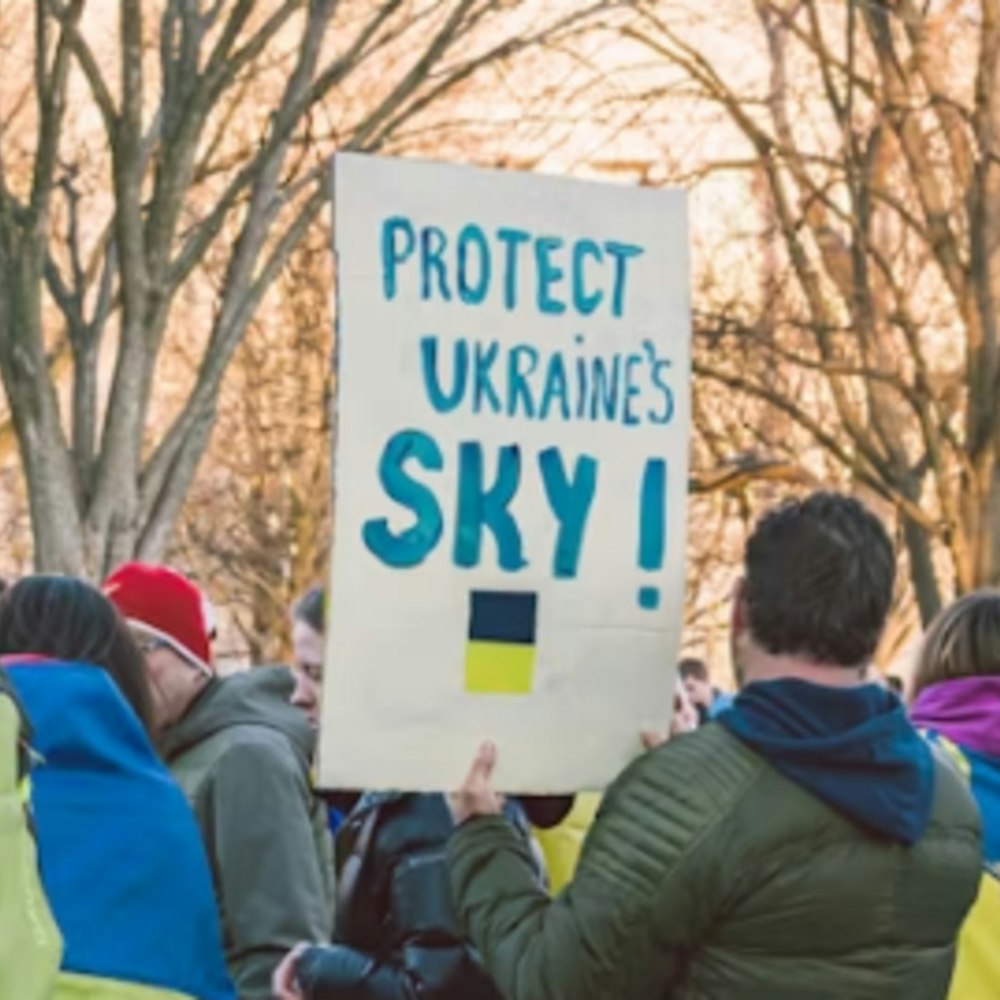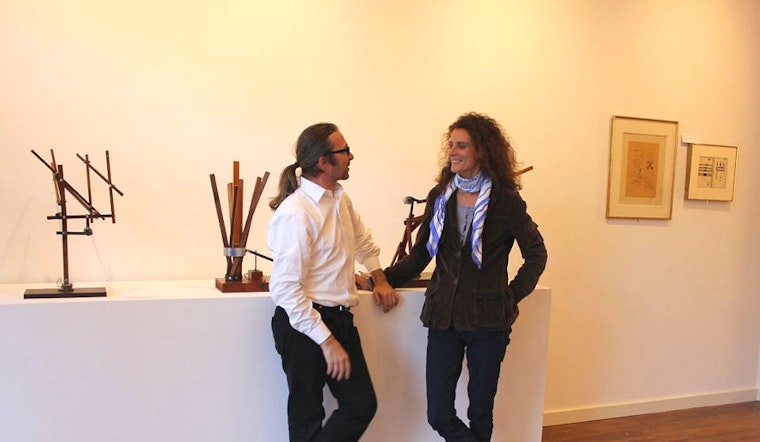
Last month, we let you know that a new art gallery with a Parisian pedigree was moving into the neighborhood. With the opening of the gallery planned for tomorrow, we stopped by the learn more about Jules and Amelie Maeght, the husband-and-wife team behind the new Jules Maeght Gallery at 149 Gough St.
The pair are putting the finishing touches on their debut exhibition, entitled "Art in Motion". Curated by Natasha Boas, the show features modernist art from the likes of Pol Bury, Alexander Calder, Vassily Kandinsky and Joan Miró, all sourced from the extensive collection of the Maeght family. The exhibit will juxtapose those works with pieces from contemporary, mostly local artists, like Kal Spelletich and Marshall Elliott (both of whom popped in and out of the gallery while we were there).

Marshall Elliott
The show spans everything from '70s-era photography and video from Clovis Prebost to mixed media pieces from Oakland-based Tracy Snelling to an unmistakable Alexander Calder mobile to works from London performance artist Kirstie Macleod.
Since we had artist Marshall Elliott in the house, we asked him about his pieces, one of which, custom made for the show, rotates slowly in a spotlight. "This piece has to do with arbitrary boundaries," he told us. "These are all the man-made lines and boundaries that are around us right now. So you start with the boundary of America, and then you have the boundary of California, then San Francisco county and city, then you have Hayes Valley, and the last one has the mirror on it, which is the boundary that you're closest to, the gallery itself."
After a tour of the gallery, we sat down with Jules and Amelie to learn a little more about them, the space, and what they're hoping to bring to the neighborhood.

What brought you to San Francisco?
Amelie: "Several reasons ... I lived in the States when I was a child, and now we have two children and wanted to expose them to another culture, another way of living, and to learn how to speak English. And I've always wanted to come back to the States. My first idea was New York, but it wasn't a great place for the kids. A few years ago we came here for a trip, and Jules loved it and he said okay, for the project in the States, let's do it here in San Francisco.
"The energy of the town, as a town that always reinvents itself, and being on the edge of the Pacific all attracted us. There are lots of things going on culturally, and the fact that obviously the art scene is important here, but it would be harder to open up a gallery in New York and get some interest. So we thought that here was a better place to do that."
Any reason why you chose this neighborhood?
A: "We spent weeks and weeks trying to find a space and getting an idea of what neighborhood would be best for our gallery. We ruled out downtown right away ... we wanted to be in a more up-and-coming neighborhood, and we felt that this neighborhood was exactly that. We also stumbled upon this space, which was much bigger than we were thinking of, and we just kept coming back to Hayes Valley."
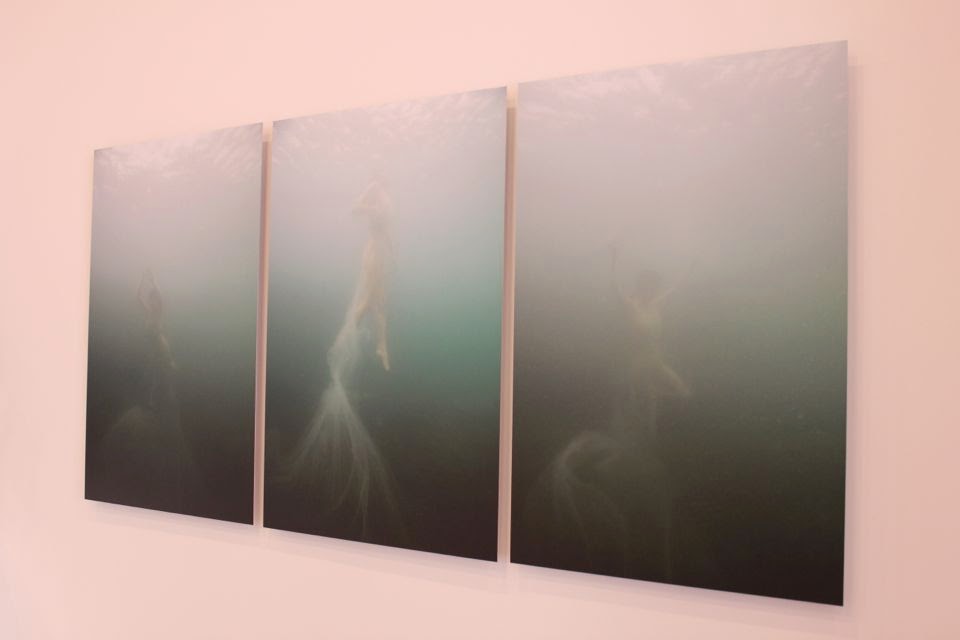
Kirstie Macleod
What's has the experience been like to move here from Paris?
Jules: "In Paris and in Europe, there is something very annoying. It's a 'we need to put people in boxes'. 'Are you a painter, or are you a sculptor? You cannot be both.' That's just silly. Here there is a very open mind. Here they are artists, and we don't have to put a label on them. I like it this way. It's very refreshing to be here, and that's why I like this city, because it's still reinventing itself.
"I think it's better for our kids to be blending with every kind of community. It's great that in San Francisco you have different ethnicities mixing, something that doesn't happen in Paris in the same way. Here my contractor is Irish, my plumber is Chinese, my electric guy is Italian, my painter is Mexican—that's wonderful. I've met so many different people here in San Francisco in a year."

Tracey Snelling
Do you have a personal favorite piece in the show?
A: "When the crates came from Paris and we were taking out all the pieces, the Pol Bury piece with all the little balls, that wooden piece, just completely struck me. I had only seen pictures of it and pictures are just not the same. It just really touched me.
"And then for the newer pieces I would say this one, Kal Spelletich's piece. It's robotic and very poetic ... it has a sensor and when you put your finger on it it moves, so there's an interaction. It's just so lively and I really love the rough mechanics that it has."
J: "I really like this one ..." (gestures at the Pol Bury sculpture)
A: "You can't do the same one that I did!"
J: "Maybe that's why we're together for 15 years! Yes, I really like this one. It's a piece from '61, it's very old and very modern at the same time. It moves and it's really incredible. I did the last book and interview with this artist before he died, I think that was eight years ago. So he was very close to us.
(Jules points to the black and white Alexander Calden painting) "I like this because it looks very simple, but it's not. And each time I see it, I'm not tired of it, and I'm still learning from it. And that's very important."
What is your vision for the gallery long-term?
A: "I think that the idea is to keep mixing piece of Jules' collection and mix that with younger artists from the Bay Area, and to have interactions with artists from different cultures, backgrounds, and times. What is fascinating is that the Maeghts have a very particular way of working with artists. This is a three generational thing, with relationships with artists that are very tight and not only work relationship but also friendships."
J: "Long-term I will still continue what we do in Paris, mixing old artists and very new ones, which is exactly what's happened in this exhibition. That's the way we've worked in Paris since the '40s, we mix everything. I'm not afraid to mix painting with video or installation or any kind of medium."

Joan Miró
What do you hope the experience will be for visitors to the gallery? What do you want to give people?
A: "Emotion."
J: "Yes, emotion, but for me, we have here a lot of artists, from Kandinsky to Miró to Calder. I hope people are going to see that it's still very modern, because sometimes there are some works that you see and you say, oh, that's so '50s or '60s. My point is to show that these particular artists were very modern and still are very modern."
A: "And that they can interact with younger artists, that this mix works well."
J: "And that you can make a lot of small discoveries."
The Jules Maeght Gallery opens tomorrow, Thursday November 13th. It will be open from 11am-6pm, Tuesdays through Saturdays.
